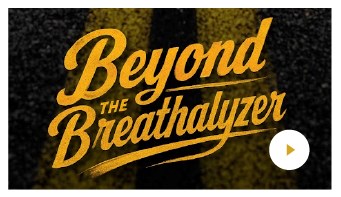Blog
-

- Home
- About Us
- Attorneys
- Practice Areas
- DUI
- First Time DUI
- Extreme DUI
- Super Extreme DUI
- Aggravated DUI
- Repeat DUI Offenders
- Underage DUI
- CDL and DUI
- Driving Under the Influence of Marijuana
- Driving Under the Influence of Drugs
- The DUI Process in Arizona
- DUI Accidents
- What To Do If Pulled Over For DUI
- Arizona DUI Laws
- Do I Need a DUI Lawyer?
- 40 Ways to Beat a DUI in Arizona
- Criminal Defense
- Conducir Ebrio
- Defensa Criminal
- DUI
- Reviews
- Info Center
- Blog
- Contact
ERROR!
Something went wrong...
Recent Blog Posts
- FOURTH AMENDMENT FRIDAY FUNDAMENTALS - CASE #4: Rodriguez v. US
- TRIAL ADVOCACY TUESDAY TIPS AND TRICKS - CASE #3: Navarette v. California
- FOURTH AMENDMENT FRIDAY FUNDAMENTALS - CASE #3: Navarette v. California
- TRIAL ADVOCACY TUESDAY TIPS AND TRICKS - CASE #2: U.S. v. Cortez
- FOURTH AMENDMENT FRIDAY FUNDAMENTALS - CASE #2: U.S. v. Cortez
Categories
Archives
▶2025
▶2024
▶2022
▶2021
▶2020
▶2019
Contact Our Firm
NOTE: Fields with a * indicate a required field.
*
*
*
*
*

From our office in Tucson, Arizona, we serve DUI and criminal defense clients throughout the area including but not limited to Safford, Sahuarita, Green Valley, Oro Valley, Catalina Foothills, Marana, Casas Adobes, Casa Grande, Nogales, Vail, Benson, Sierra Vista, Rio Rico, Willcox, Coolidge, Florence, San Tan Valley, Apache Junction, Cascabel, Redington, San Manuel, Maricopa, Amado, Sierra Vista, Pima County, Pinal County, Cochise County, Graham County, Maricopa County and Santa Cruz County.
© 2025 The Behan Law Group, P.L.L.C.945 N. Stone Ave, Tucson, AZ 85705520-220-5047



